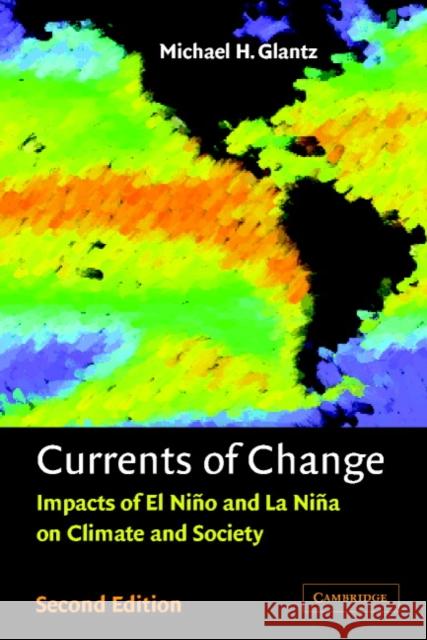Currents of Change: Impacts of El Niño and La Niña on Climate and Society » książka
Currents of Change: Impacts of El Niño and La Niña on Climate and Society
ISBN-13: 9780521786720 / Angielski / Miękka / 2000 / 268 str.
Headlines around the world about severe droughts, hurricanes, and floods caused by El Nino and La Nina appear every few years. El Nino is the second most important climate process after the changing seasons; its effects are widely known, but the equally serious impact of La Nina is only now beginning to be appreciated. Fully revised, Currents of Change clearly explains what El Nino and La Nina are and how they can be forecast. Examining for the first time the major El Nino of 1997-1998, Michael Glantz explains what we can learn from past events, how we can better manage climate-sensitive activities, and how to anticipate what future storms and droughts may occur. A century ago, it was of interest only to Peruvian fishermen and farmers. Today, scientists armed with tremendous computer models and satellites realize that El Nino and La Nina affect climatic conditions in seemingly remote parts of the world and are better able to predict which regions will be affected. Including the latest information about El Nino and La Nina, this new edition of Currents of Change will be useful to scientists, policymakers, economists, and interested readers alike. Michael Glantz is a Senior Scientist with the US National Center for Atmospheric Research (NCAR) in the Environmental and Societal Impacts Group, a program of NCAR. He is the coordinator of a 16-country El Nino impacts and response strategies study for the United Nations. Glantz is a member of numerous national and international committees and advisory bodies and is a recipient of the 1987 World Hunger Media Award, of UNEP's Global 500 Award, and the 1991 Mitchell Prize for Sustainable Development. He is the author of Climate Variability, Climate Change, and Fisheries (Cambridge, 1992) and Drought Follows the Plow (Cambridge, 1994). He lives in Boulder, Colorado.











